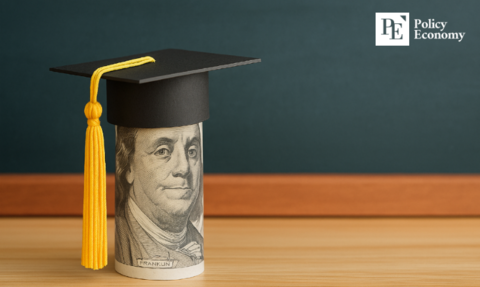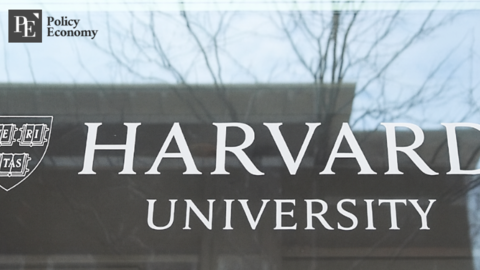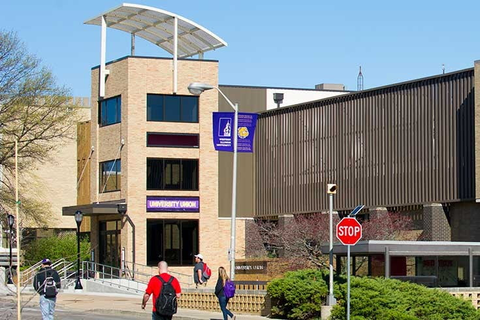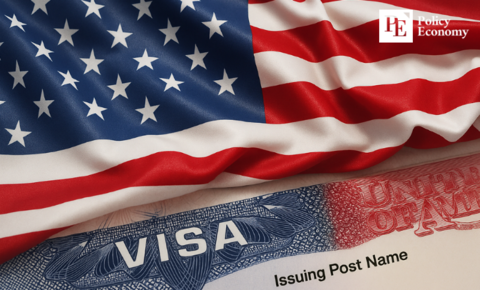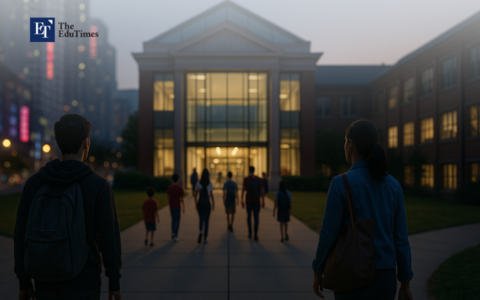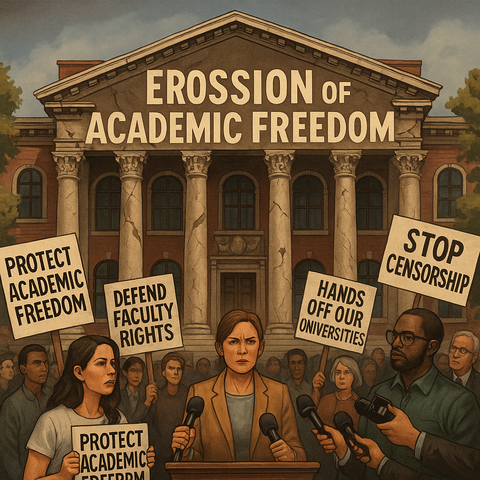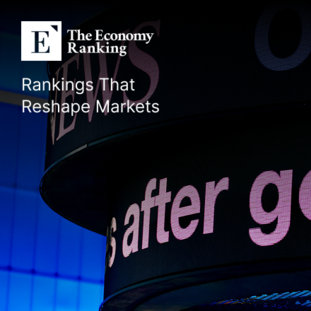Covid Brings All-time Low Acceptance Rates
Input
Modified
The majority of top colleges in the U.S. have announced their acceptance rate for the class of 2026. The Ivy League schools have always been difficult to get into, but the coronavirus pandemic has made admission considerably more difficult for applicants. In addition, several U.S. universities have made SAT or ACT scores optional over the last two years, resulting in a surge in applications and record-low acceptance rates.
On the last day of March, the eight Ivy League schools — Brown, Columbia, Cornell, Dartmouth, Harvard, Princeton, University of Pennsylvania, and Yale — released their admission statistics, with several reporting the lowest acceptance rates in their history.
According to The Harvard Crimson, Harvard’s admission recorded the lowest acceptance rate of 3.19 percent since it was founded in 1636, as a record number of candidates applied in the 2021-22 admission cycle. Yale and Brown also announced historic low acceptance rates, while Columbia’s acceptance rate remained constant at the previous year’s record low of 3.7 percent. Although Dartmouth reported that its acceptance rate slightly rose to 6.24 percent, it is still among the lowest in the school’s history.
However, it is not just these prestigious schools that are more difficult to get into than ever before. Many schools in the U.S. also reported record-low acceptance rates this year after adopting the test-optional policy, which allowed students to apply even without an SAT or ACT score.
Michelle McAnaney, president of college consulting firm The College Spy, told CBS, “Students who normally would self-select out of the admissions pool — they would look at the average SAT score and not apply — those kids are applying.”
[caption id="attachment_1547" align="aligncenter" width="696"] College applicants across the U.S. are experiencing a steep increase in competition. Photo: Kenneth C. Zirkel / Licensed under CC BY-SA 4.0[/caption]
Many independent educational consultants, according to McAnaney, noticed a greater percentage of waitlisted candidates this year, possibly indicating that institutions are having trouble estimating their yield rate — the percentage of accepted students who actually matriculate to the school.
She further noted that the trend, of selective schools becoming even more selective, has also been reported by non-Ivy League schools. For instance, Rice University in Texas and Tufts University in Massachusetts announced record-low acceptance rates of 8.56 percent and 9 percent, respectively.
College applicants across the U.S. are experiencing a steep increase in competition. Photo: Kenneth C. Zirkel / Licensed under CC BY-SA 4.0[/caption]
Many independent educational consultants, according to McAnaney, noticed a greater percentage of waitlisted candidates this year, possibly indicating that institutions are having trouble estimating their yield rate — the percentage of accepted students who actually matriculate to the school.
She further noted that the trend, of selective schools becoming even more selective, has also been reported by non-Ivy League schools. For instance, Rice University in Texas and Tufts University in Massachusetts announced record-low acceptance rates of 8.56 percent and 9 percent, respectively.
 College applicants across the U.S. are experiencing a steep increase in competition. Photo: Kenneth C. Zirkel / Licensed under CC BY-SA 4.0[/caption]
Many independent educational consultants, according to McAnaney, noticed a greater percentage of waitlisted candidates this year, possibly indicating that institutions are having trouble estimating their yield rate — the percentage of accepted students who actually matriculate to the school.
She further noted that the trend, of selective schools becoming even more selective, has also been reported by non-Ivy League schools. For instance, Rice University in Texas and Tufts University in Massachusetts announced record-low acceptance rates of 8.56 percent and 9 percent, respectively.
College applicants across the U.S. are experiencing a steep increase in competition. Photo: Kenneth C. Zirkel / Licensed under CC BY-SA 4.0[/caption]
Many independent educational consultants, according to McAnaney, noticed a greater percentage of waitlisted candidates this year, possibly indicating that institutions are having trouble estimating their yield rate — the percentage of accepted students who actually matriculate to the school.
She further noted that the trend, of selective schools becoming even more selective, has also been reported by non-Ivy League schools. For instance, Rice University in Texas and Tufts University in Massachusetts announced record-low acceptance rates of 8.56 percent and 9 percent, respectively.


